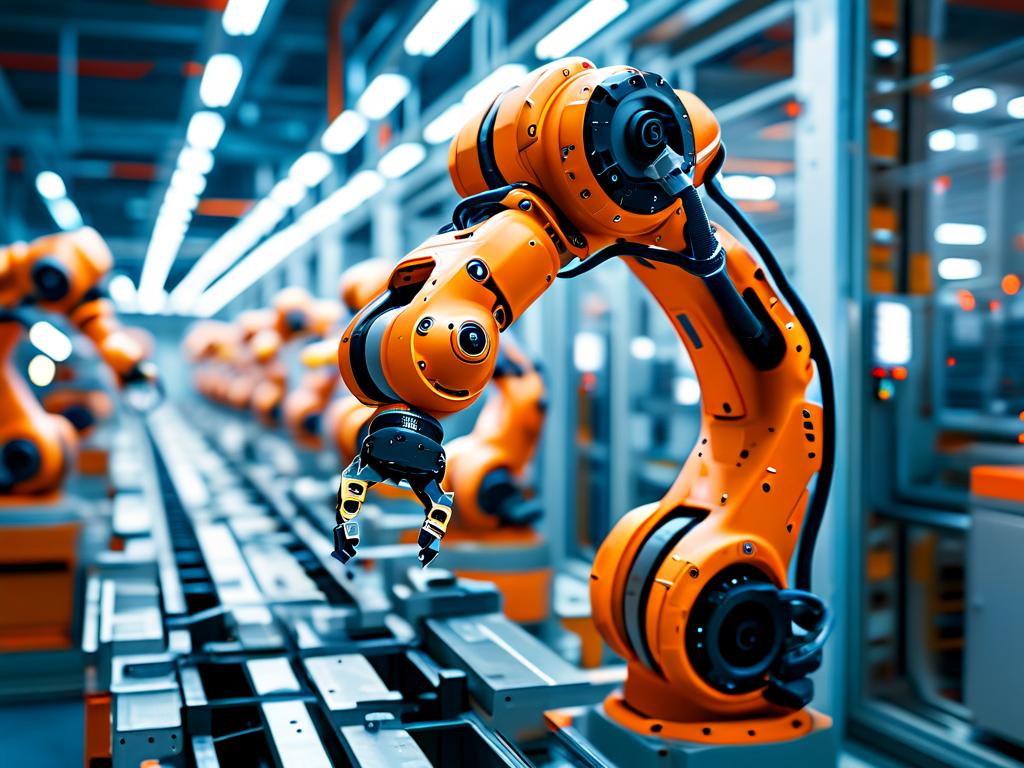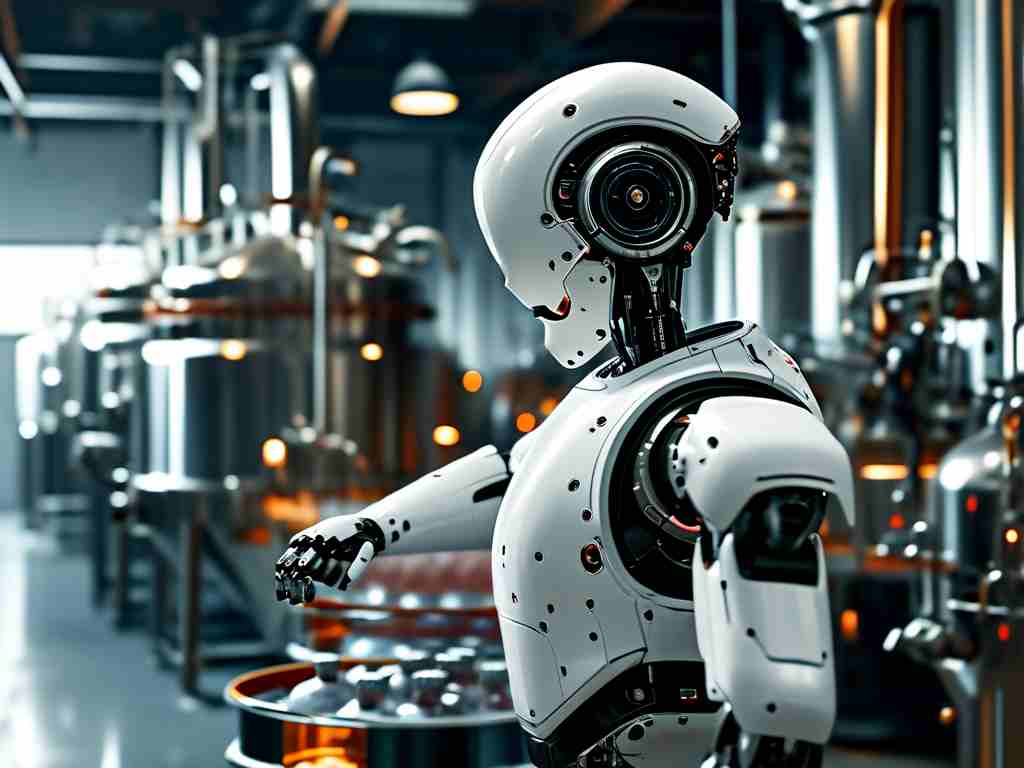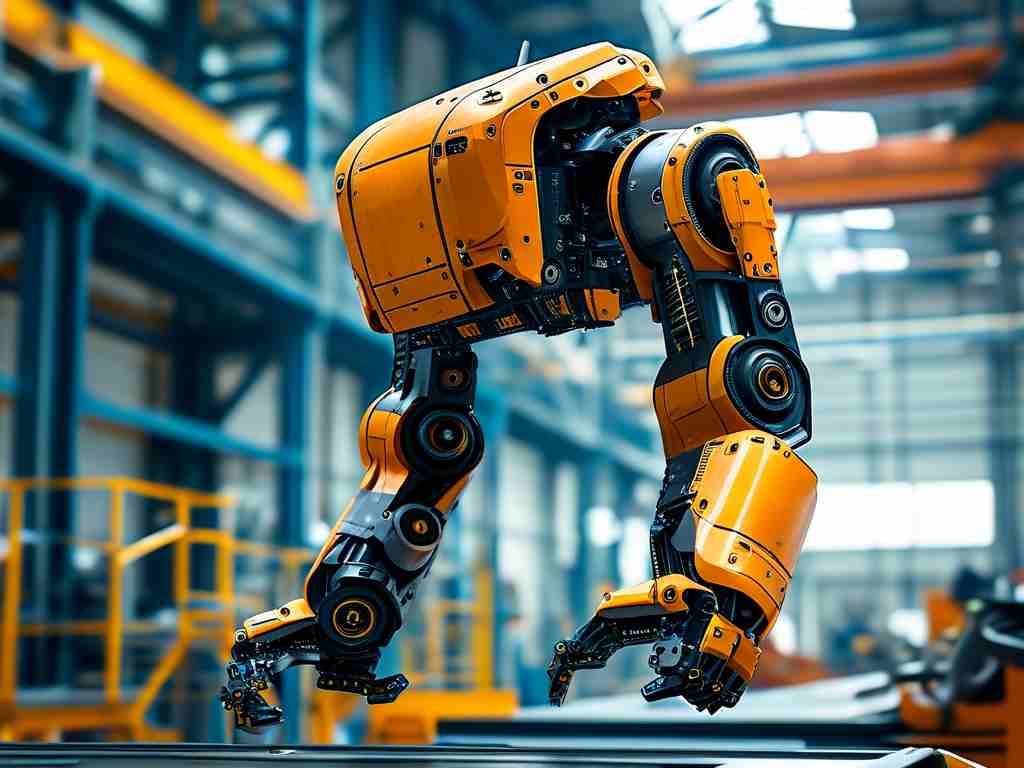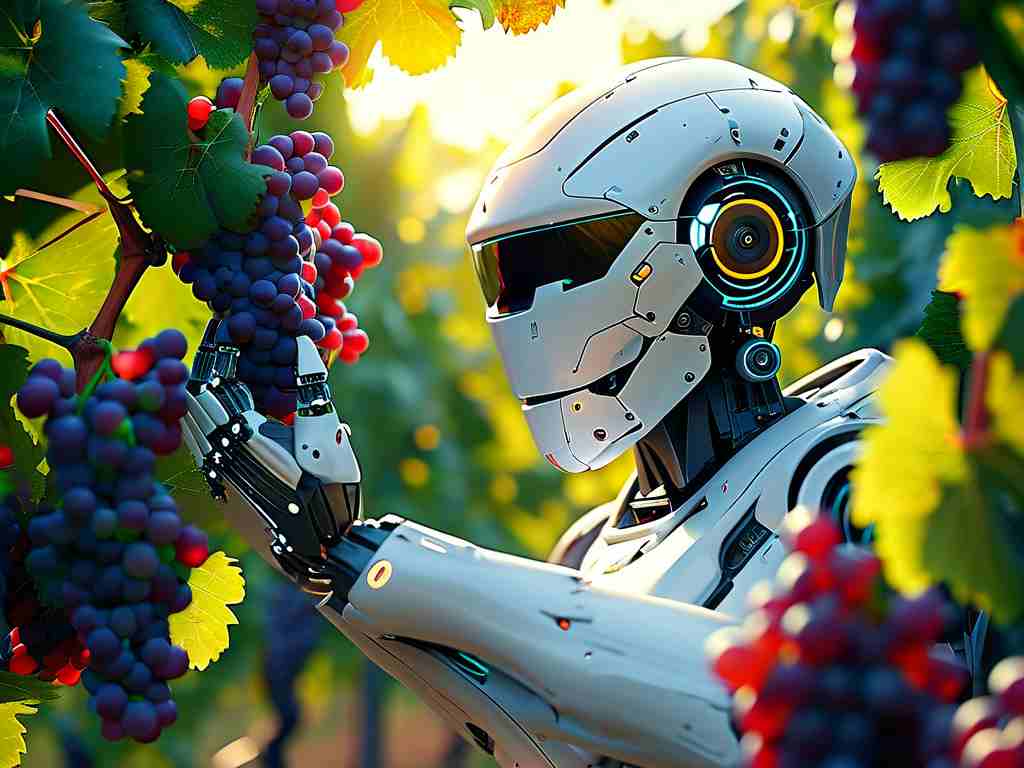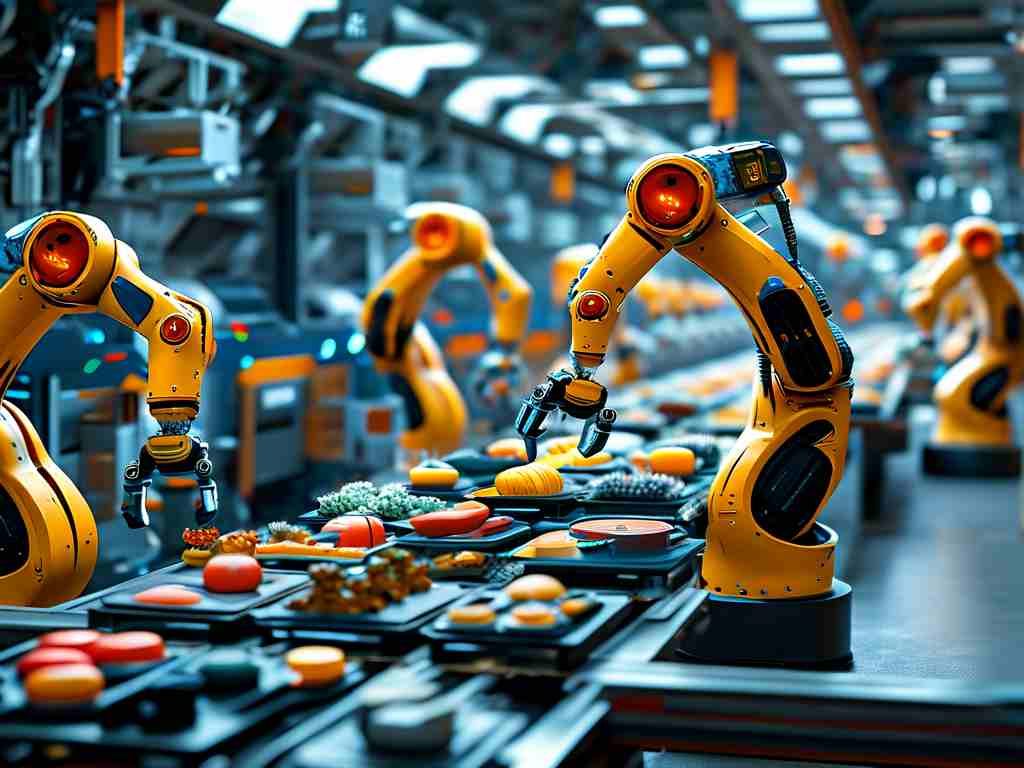In modern logistics and manufacturing systems, robotic unloading technology has become a cornerstone of industrial automation. This innovative approach combines mechanical engineering, sensor integration, and intelligent algorithms to streamline material handling processes. Unlike traditional manual operations, robotic systems demonstrate superior efficiency and precision while reducing workplace injuries.
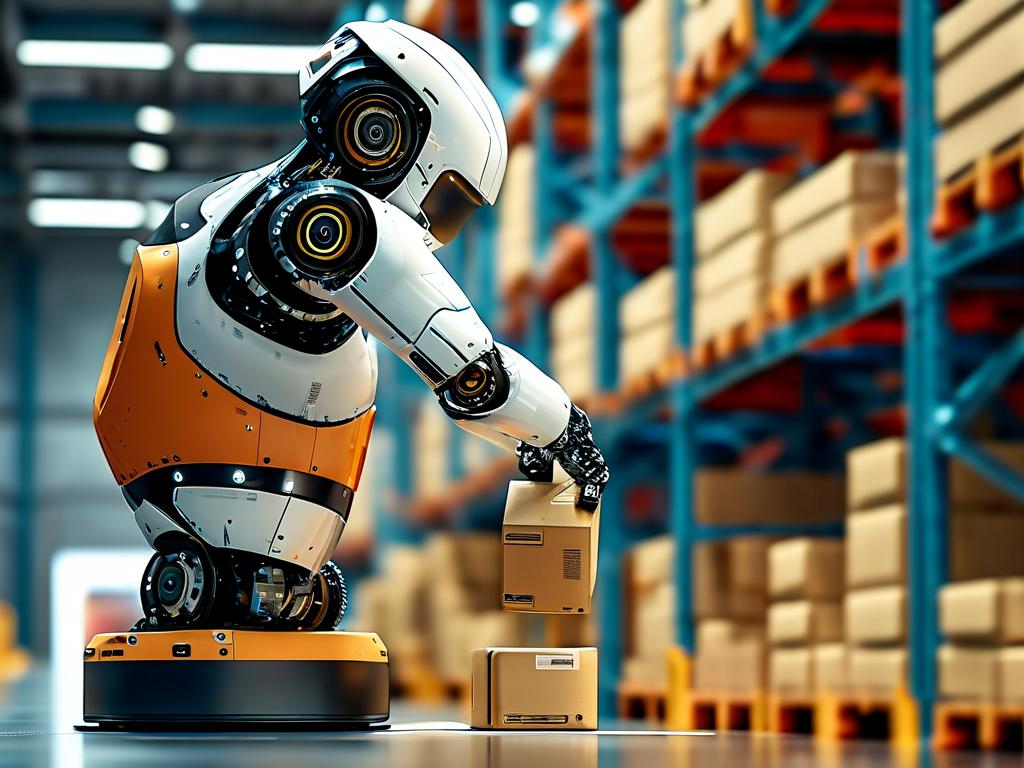
At its core, robotic unloading relies on three fundamental components: perception systems, motion control mechanisms, and decision-making algorithms. Advanced 3D vision sensors and LiDAR scanners form the "eyes" of these machines, capturing real-time spatial data of cargo arrangements. Through point cloud processing and pattern recognition algorithms, robots can identify object positions with millimeter-level accuracy, even in irregularly stacked environments.
The motion execution system represents another critical layer. Articulated robotic arms equipped with adaptive grippers – ranging from vacuum suction cups to electromagnetic holders – translate digital instructions into physical actions. Modern servo motors enable six-axis movement with 0.1mm repeatability, while force-torque sensors provide tactile feedback to prevent cargo damage. This combination allows handling diverse materials from fragile glass panels to 50kg metal components without reprogramming.
What truly differentiates modern systems is their cognitive architecture. Machine learning models trained on millions of unloading scenarios enable predictive adaptation. When encountering an unexpected box orientation, the system can generate alternative gripping strategies within 300ms. This self-optimization capability significantly reduces dependency on pre-programmed routines, making the technology viable for mixed-SKU warehouses.
Implementation challenges persist, particularly in dynamic environments. Variable lighting conditions may affect optical sensors, prompting engineers to develop hybrid sensing solutions combining infrared imaging with ultrasonic detection. Energy consumption also remains a focus area, with new generations of robots achieving 25% power reduction through regenerative braking systems and optimized motion trajectories.
Industry applications demonstrate the technology's versatility. In automotive manufacturing, robotic unloaders handle stamped metal parts at 120 units/minute with zero defects. Pharmaceutical companies employ sterile-compliant models for unpacking medical supplies in cleanroom environments. A notable case involves a Chinese e-commerce giant deploying swarm robotic systems that reduced parcel processing time from 8 hours to 43 minutes during peak sales periods.
Future developments point toward increased human-robot collaboration. Next-generation cobots (collaborative robots) will feature enhanced safety protocols, allowing seamless interaction with human workers in shared spaces. Researchers are also experimenting with quantum-inspired algorithms to solve complex loading pattern optimizations that currently challenge classical computing systems.
While skeptics question the initial investment costs, operational data reveals compelling ROI metrics. A 2023 industry report showed average payback periods of 14 months, factoring in labor cost savings and productivity gains. As artificial intelligence continues evolving, robotic unloading systems will likely achieve full autonomy in supply chain operations within this decade, redefining industrial efficiency standards.





